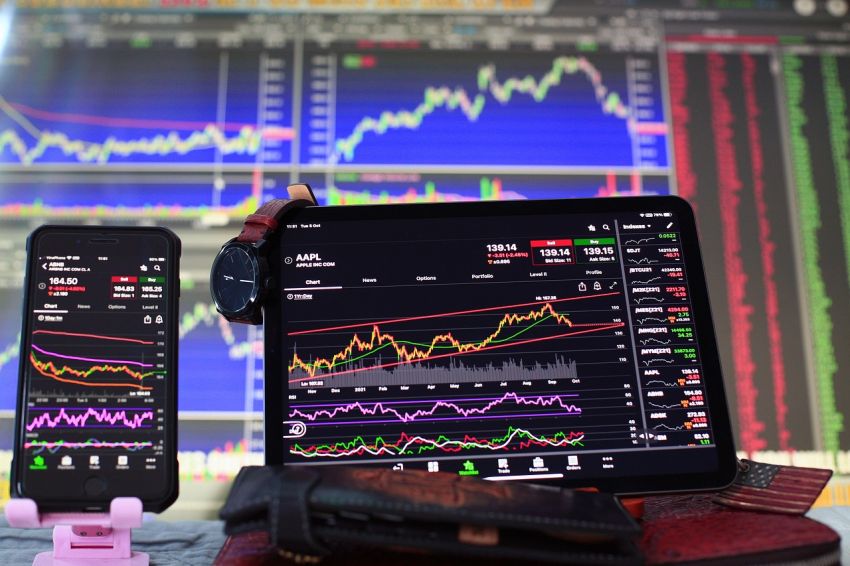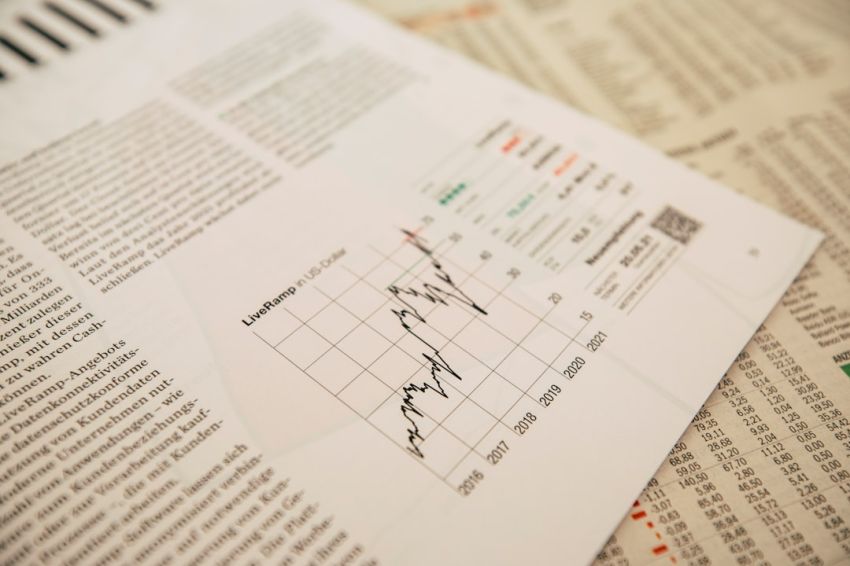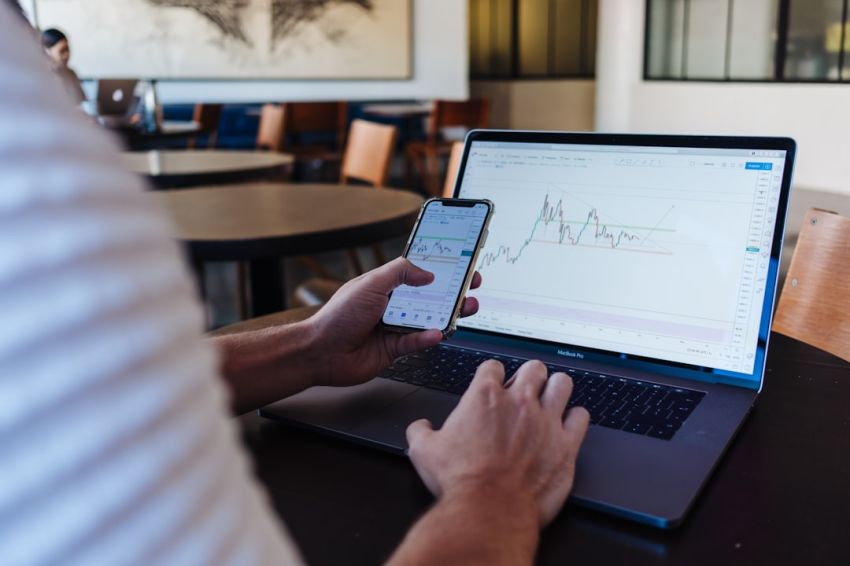Commodities play a crucial role in global trade and investment, serving as the building blocks of economies worldwide. When it comes to commodities, they can be broadly categorized into two main types: soft and hard commodities. Understanding the differences between these two categories is essential for investors and traders looking to diversify their portfolios and manage risk effectively.
Soft Commodities
Soft commodities are typically agricultural products that are grown rather than mined or extracted. These commodities are derived from natural sources and include crops such as wheat, corn, soybeans, coffee, sugar, and cotton. Soft commodities are highly influenced by weather conditions, environmental factors, and geopolitical events that can impact supply and demand dynamics.
One of the key characteristics of soft commodities is their perishable nature. Unlike hard commodities, which can be stored for extended periods without deteriorating, soft commodities have a limited shelf life. This makes them more susceptible to price fluctuations based on immediate supply and demand conditions. For example, a poor harvest due to adverse weather conditions can lead to a spike in prices for soft commodities like wheat or corn.
Soft commodities are also impacted by global trade policies and regulations. Tariffs, subsidies, and trade agreements can significantly affect the prices of agricultural products, making them more volatile compared to hard commodities. Additionally, soft commodities are subject to seasonality, with prices often fluctuating based on planting and harvesting seasons in different regions of the world.
Hard Commodities
Hard commodities, on the other hand, are natural resources that are extracted from the earth through mining or drilling. Examples of hard commodities include gold, silver, copper, oil, natural gas, and coal. Unlike soft commodities, hard commodities have a longer shelf life and can be stored for extended periods without losing their value.
One of the primary characteristics of hard commodities is their finite supply. While new sources of these commodities can be discovered through exploration and extraction efforts, the overall availability of hard commodities is limited by the earth’s natural resources. This scarcity can lead to increased demand and price volatility for hard commodities, especially in times of economic uncertainty or geopolitical instability.
Hard commodities are often used as a hedge against inflation and currency fluctuations due to their intrinsic value and limited supply. Investors view hard commodities like gold and silver as safe-haven assets that can preserve wealth during times of market turbulence. Additionally, hard commodities are widely used in industrial processes and manufacturing, making them essential components of the global economy.
Differences in Trading and Investment
When it comes to trading and investing in soft and hard commodities, there are several key differences to consider. Soft commodities are more influenced by short-term factors such as weather patterns and crop yields, making them inherently more volatile compared to hard commodities. This volatility can present both opportunities and risks for traders looking to capitalize on price fluctuations in agricultural markets.
On the other hand, hard commodities are often seen as long-term investments due to their stability and intrinsic value. Investors may choose to allocate a portion of their portfolios to hard commodities to diversify risk and protect against inflation. Hard commodities like gold and silver have historically served as a store of value during times of economic uncertainty, making them attractive options for risk-averse investors.
Conclusion:
In conclusion, the distinctions between soft and hard commodities lie in their sources, characteristics, and market dynamics. Soft commodities are agricultural products that are perishable and influenced by immediate supply and demand factors, while hard commodities are natural resources with finite supplies and long-term value. Understanding these differences is essential for investors and traders seeking to navigate the complexities of the commodities market and make informed decisions to achieve their financial goals.










